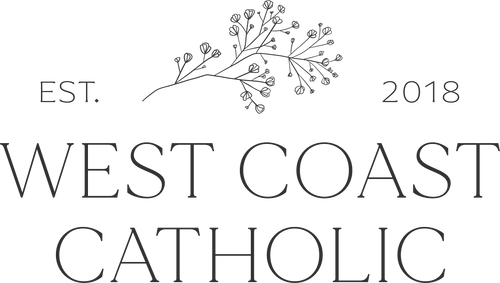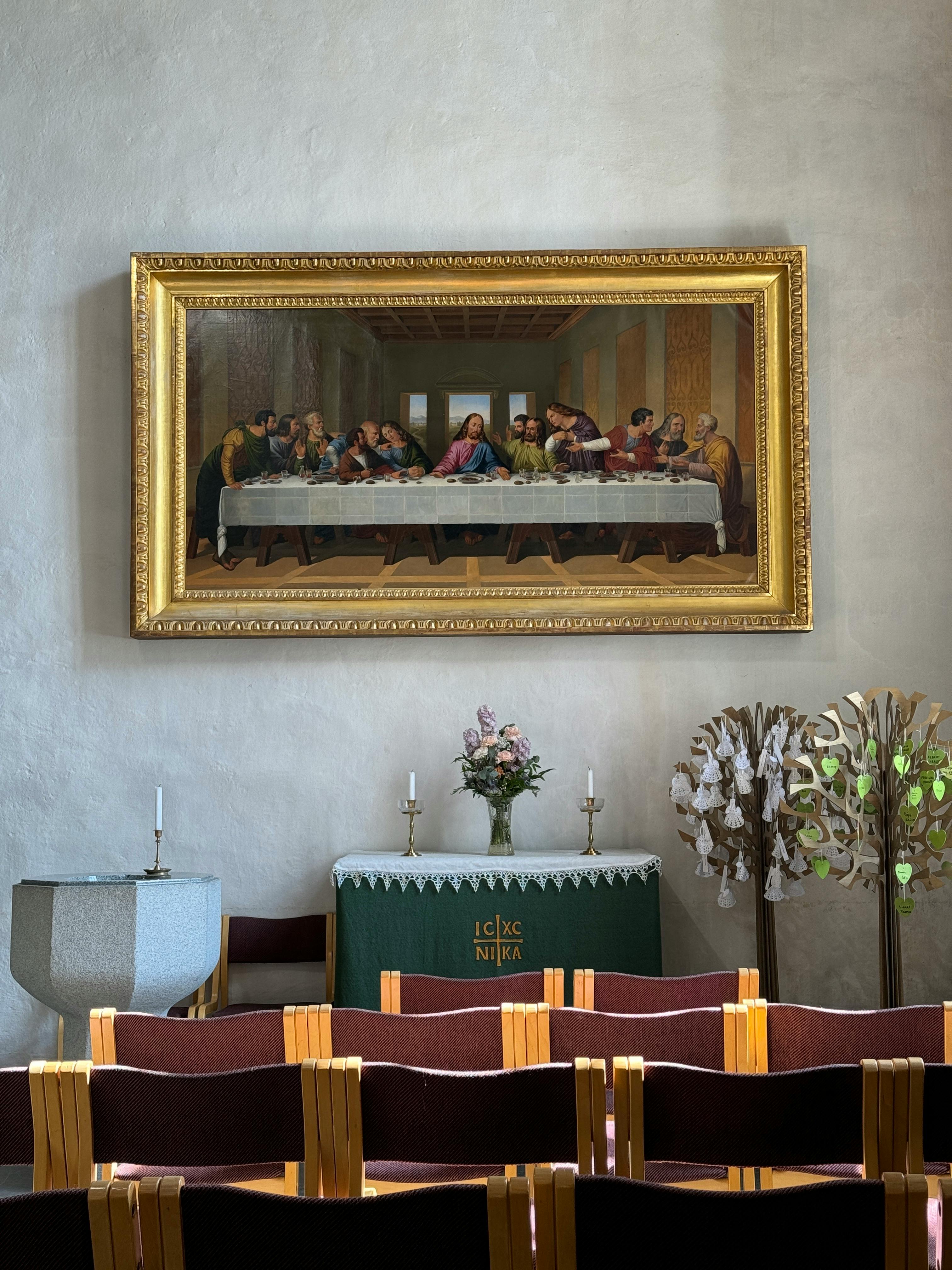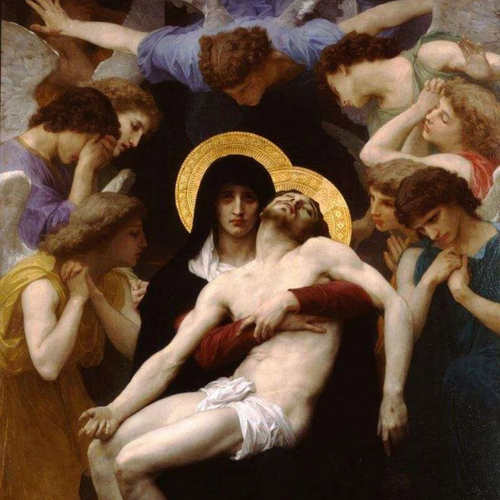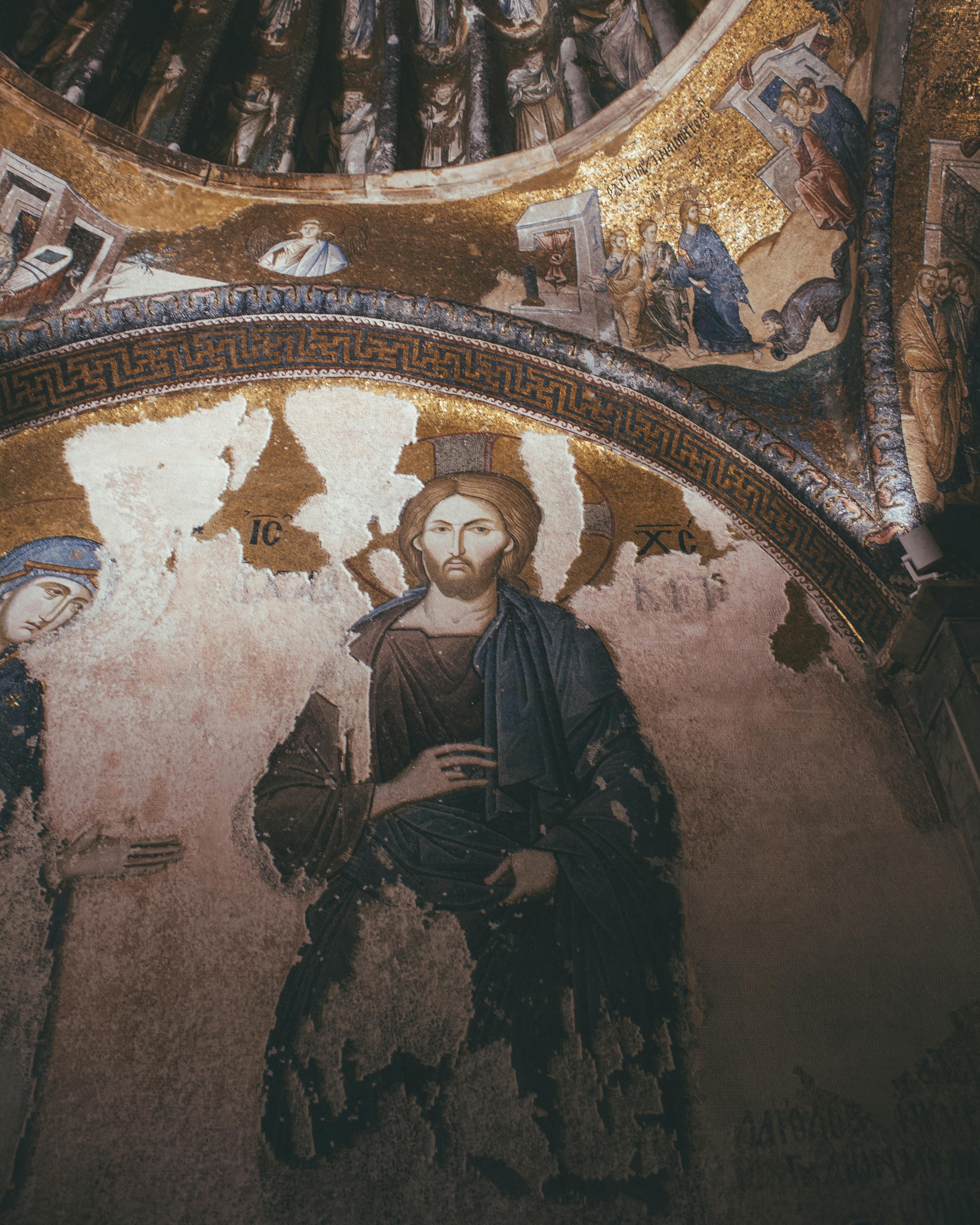What Is Holy Thursday? Understanding Its Meaning and Significance
Holy Thursday, also known as Maundy Thursday, is a significant day in the Christian liturgical calendar. It marks the beginning of the sacred Paschal Triduum, leading up to the celebration of Easter Sunday. For Catholics and many Christians worldwide, Holy Thursday commemorates pivotal events in the life of Jesus Christ that lay the foundation for the faith.

The Biblical and Historical Context of Holy Thursday
Holy Thursday finds its origins in the Gospel accounts of the Last Supper, recorded in the New Testament. This day commemorates:
-
The Institution of the Eucharist: During the Last Supper, Jesus shared bread and wine with His disciples, saying, “This is my body… this is my blood… do this in memory of me” (Luke 22:19-20). This moment established the sacrament of the Eucharist, a cornerstone of Catholic worship.
-
The Commandment to Love: The word “Maundy” derives from the Latin mandatum, meaning “commandment.” On this day, Jesus gave His disciples the commandment: “Love one another as I have loved you” (John 13:34).
-
The Washing of the Feet: Demonstrating humility and servant leadership, Jesus washed the feet of His disciples (John 13:1-17). This act symbolizes the call to serve others selflessly.
Historically, Holy Thursday was observed as early as the first centuries of Christianity. Over time, it became a formal part of the liturgical calendar, rich with symbolism and ritual. The development of these traditions reflects the Church’s commitment to preserving the memory of Christ’s final hours with His disciples.
Liturgical Celebrations on Holy Thursday
Holy Thursday liturgies are unique and deeply symbolic. Key elements include:
1. The Chrism Mass
In the morning, many dioceses celebrate the Chrism Mass, where the bishop blesses holy oils used for sacraments throughout the year. This ceremony highlights the unity of the Church and the mission of its clergy. The oils blessed during this Mass — the Oil of Catechumens, the Oil of the Sick, and the Sacred Chrism — play an integral role in baptisms, confirmations, ordinations, and anointing of the sick.
2. The Evening Mass of the Lord’s Supper
This Mass commemorates the Last Supper and includes:
-
The Institution of the Eucharist: During the liturgy, the faithful remember the first Eucharist and participate in Holy Communion. This act of receiving the Body and Blood of Christ connects believers to the original moment in the Upper Room, fostering a sense of unity across time and space.
-
The Washing of the Feet (Mandatum): Celebrating Jesus’ act of humility, the priest washes the feet of selected parishioners, reminding the congregation of the call to serve. This practice embodies the humility and selflessness that Jesus demonstrated.
-
The Procession to the Altar of Repose: Following the Eucharist, the Blessed Sacrament is moved to a special altar, symbolizing Jesus’ time in the Garden of Gethsemane. Parishioners are invited to spend time in prayer and adoration, recalling Jesus’ agony and His call to “stay awake and pray” (Matthew 26:41). The solemnity of this moment encourages deep personal reflection and connection with Christ’s suffering.

Key Themes of Holy Thursday
Holy Thursday encapsulates several profound themes:
-
Service and Humility: Jesus’ washing of the disciples’ feet challenges believers to embrace humility and serve others selflessly. This theme resonates in modern acts of charity and service within the Church.
-
Sacramental Life: The institution of the Eucharist underscores the importance of the sacraments in nourishing and sustaining the faithful. This day serves as a reminder of the central role the Eucharist plays in Catholic life.
-
Love and Community: Jesus’ commandment to love one another calls Christians to live in unity and compassion. This call extends beyond the Church, inspiring acts of kindness and unity within broader communities.
Traditions and Practices Around the World
Holy Thursday customs vary globally but share common themes of devotion and reverence:
-
Visitation of Seven Churches: In some countries, Catholics visit seven churches to pray before the Blessed Sacrament, recalling Jesus’ journey from the Last Supper to His arrest. This tradition encourages prayer, reflection, and a deep connection with Christ’s path of suffering.
-
Sacred Music: Hymns such as Pange Lingua and Tantum Ergo are often sung, deepening the sense of worship and reflection. These hymns, steeped in tradition, invite the faithful to meditate on the mystery of the Eucharist.
-
Communal Meals: In some cultures, families gather for meals reminiscent of the Last Supper, often including bread and wine. These gatherings foster a sense of unity and remembrance within the family, mirroring the communal aspect of Jesus’ final meal with His disciples.
-
Public Reenactments: In certain regions, dramatic representations of the Last Supper and Jesus’ washing of the feet are performed, bringing the Gospel narratives to life and allowing participants to immerse themselves in the events of Holy Thursday.
How to Observe Holy Thursday

For Catholics, Holy Thursday is an opportunity to deepen their faith and prepare for Easter. Here are ways to observe this sacred day:
-
Attend the Mass of the Lord’s Supper to participate in the Eucharist and witness the washing of the feet. This liturgy offers a profound experience of Christ’s love and sacrifice.
-
Spend time in Adoration at the altar of repose, meditating on Jesus’ sacrifice and His call to prayer. Many churches remain open late into the night, providing a space for quiet reflection.
-
Reflect on the Gospel passages recounting the Last Supper and Jesus’ actions. Reading and meditating on Scripture can deepen one’s understanding of the faith.
-
Serve others in your community, emulating Christ’s humility and love. Acts of charity, such as volunteering or helping those in need, embody the spirit of Holy Thursday.
Additionally, consider engaging in personal or family traditions, such as:
-
Preparing a simple meal inspired by the foods Jesus and His disciples may have shared.
-
Creating a space for prayer and reflection at home, adorned with symbols of Holy Thursday, such as candles and bread. Looking for a Catholic candle that reminds you of this day? The Our Lady of Guadalupe Candle is a beautiful candle that reminds us to pray and reflect.
-
Discussing the significance of the Eucharist and Christ’s commandment to love within your household, fostering faith-centered conversations.
The Journey Beyond Holy Thursday
Holy Thursday sets the tone for the solemnity of Good Friday and the anticipation of Easter Sunday. By participating in its rituals and reflecting on its themes, the faithful are drawn into the mystery of Christ’s Passion, Death, and Resurrection. This day acts as a spiritual bridge, linking the joy of the Eucharist with the sorrow of the Cross and the triumph of the Resurrection.

Conclusion
Holy Thursday is a profound reminder of Christ’s love, sacrifice, and call to service. By reflecting on the events of this sacred day, Catholics can deepen their understanding of the faith and prepare their hearts for the joy of Easter. As you commemorate Holy Thursday, may you embrace its lessons of humility, love, and devotion, drawing closer to Christ and the community of believers.
Through the liturgical celebrations, acts of service, and personal reflection, Holy Thursday invites every believer to walk with Christ, to serve others with love, and to cherish the gift of the Eucharist. In doing so, it becomes a day of renewal, gratitude, and hope, leading to the celebration of the Resurrection.
Shop products that help us reflect on this incredible day here.

